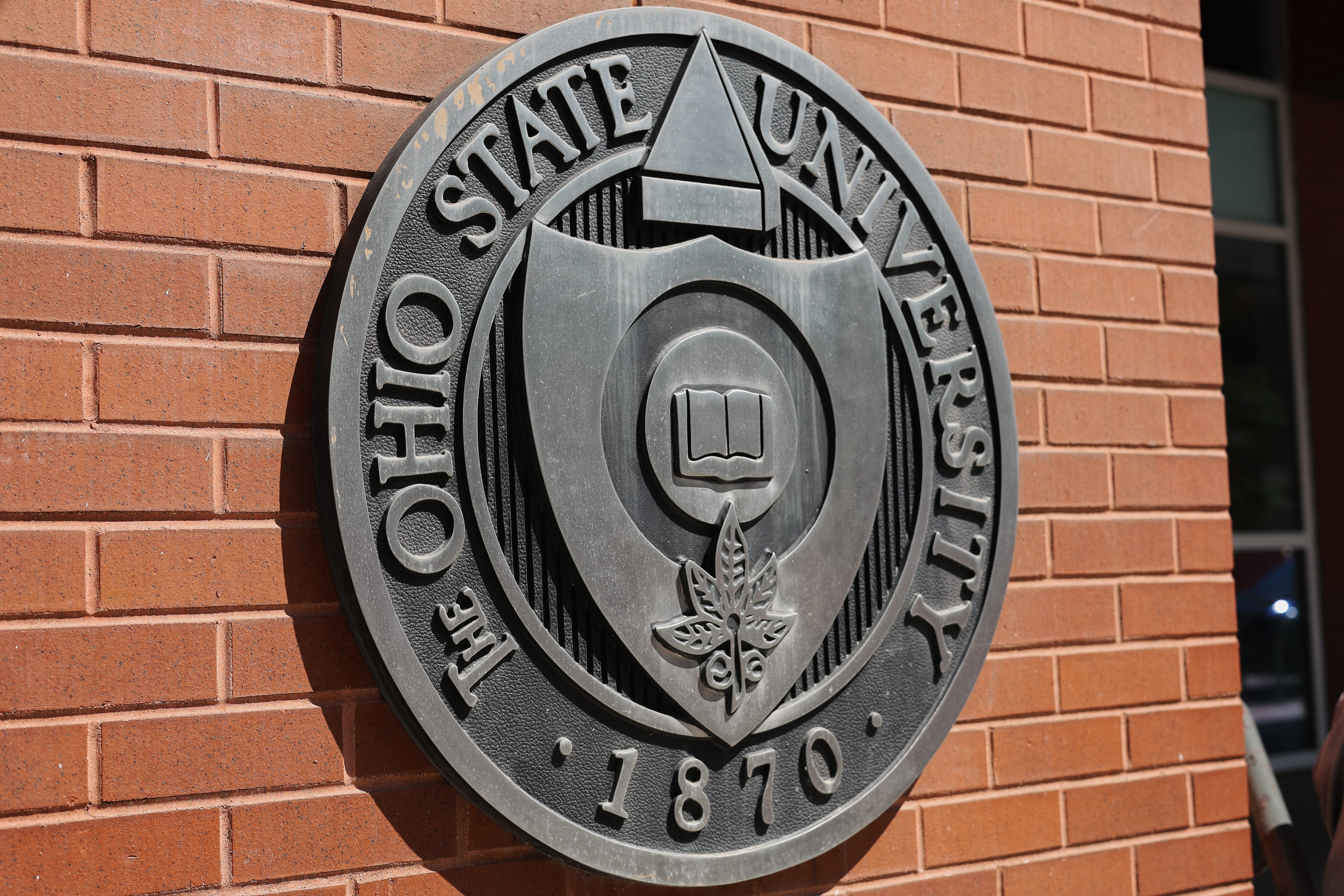
Ohio State intends to petition the U.S. Supreme Court in an attempt to block lawsuits from over 100 victims of former university physician Richard Strauss, according to a motion filed Wednesday afternoon. Credit: Katie Good | Asst. Photo Editor
Ohio State intends to petition the U.S. Supreme Court in a final attempt to block lawsuits from over 100 victims of former university physician Richard Strauss, according to a motion filed Wednesday afternoon in the Sixth Circuit Court of Appeals.
The motion comes one week after the Sixth Circuit Court of Appeals denied Ohio State’s request for an en banc review in which all judges of the Sixth Circuit hear the case. The university requested in the petition to the Supreme Court that it delay the order which would allow victims’ lawsuits to go to trial due to the debate over the statute of limitations. This is one of Ohio State’s last options to block the lawsuits.
University spokesperson Ben Johnson said in a statement Ohio State is considering “all available options.”
Ohio State will have until March 14, 2023, to file a petition with the Supreme Court, and at least four of its nine justices must vote to hear the case.
The Supreme Court receives approximately 7,000 petitions a year, according to its media guide. Of those, it only hears 100 to 150 cases. If SCOTUS rejects Ohio State’s request, the victims will be able to move forward with their lawsuits.
Lucy Sears, director of communications for the attorneys who represent the victims, said the team is looking forward to opposing Ohio State’s petition to the Supreme Court.
“We are disappointed the Sixth Circuit granted the stay of proceedings OSU sought as the ruling further delays holding OSU accountable for the university’s coverup and damage to the sexual abuse survivors we represent,” Sears said.
Strauss was a varsity team sports doctor and physician at the Student Health Center from 1978-1998. An independent investigation in 2019 found that Strauss sexually abused at least 177 students and student-athletes during his tenure, and that university officials were aware of the abuse and failed to prevent or address it.
Strauss died by suicide in 2005.
In the motion, the university argued “substantial questions exist” in regards to how the court applied Title IX law. In the Sixth Circuit Court’s ruling in September, the judges’ decision states that Title IX’s two-year statute of limitations did not apply to the victims’ lawsuits against Ohio State.
The university also argued the court improperly extended protections under Title IX to include “members of the public,” such as visitors to campus.
In Ohio, the statute of limitations for civil sexual abuse cases is two years. A Lantern investigation revealed Ohio State’s administration worked with lawmakers to block legislation to waive the statute of limitations on civil sexual abuse cases for the victims of Strauss.
One year later, the three-judge panel reversed Watson’s ruling, finding that the victims could not have known they were “plausibly injured” until April 2018, when the university launched its investigation into Strauss’ misconduct.
“The plaintiffs were young, untrained, and inexperienced, Ohio State gave Strauss its stamp of approval, and trusted adult professionals routinely told the plaintiffs that Strauss’s conduct was normal,” the September opinion stated.
Since 2018, more than 500 victims of Strauss — nearly all men — have sued the university for failing to address Strauss’ abuse and harassment. Including the most recent settlements in July, 296 victims have settled in exchange for dropping lawsuits against Ohio State for a total amount of $60 million.
The university established the Strauss Individual Settlement Program in 2020 to provide individual settlements to victims involved in five open cases against Ohio State in exchange for dropping their lawsuits and claims.


